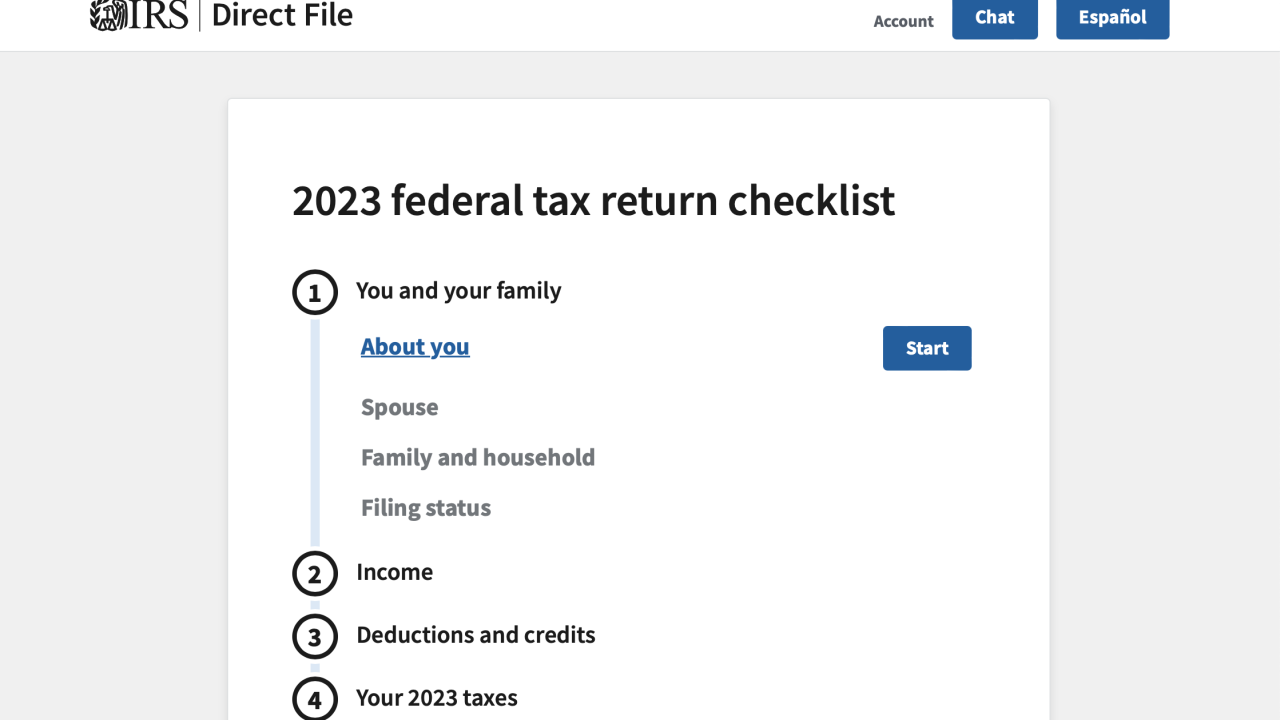The Financial Accounting Standards Board has issued a proposed standard on the fair value measurement of liabilities, seeking to clarify the thorny issue of fair value a bit further.
FASB approved three other standards last month on fair value and mark-to-market accounting (see
Statement 157 defines the fair value of a liability as the price that would be paid to transfer the liability in an orderly transaction between market participants at the measurement date, FASB noted. Under that definition, the liability to the counterparty is presumed to continue and is not settled.
Statement 157 also states that the fair value of a liability shall reflect the nonperformance risk (including, but not limited to, the reporting entitys own credit risk) relating to that liability, and that such nonperformance risk is the same before and after its transfer. A reporting entity is required to consider the effect of its own credit risk on the fair value of a liability in all periods in which the liability is measured at fair value.
Some entities are concerned that there may be a lack of observable market information to determine the fair value of a liability, and they asked FASB for guidance. In many cases, an entity would extinguish a liability by settling the obligation directly with the counterparty, rather than by paying another entity to assume the existing obligation. In the limited circumstances when an existing liability may be transferred to a new obligor, the transferee may not have the same nonperformance risk as the transferor.
Furthermore, some entities have questioned how to measure the fair value of a liability in a hypothetical transaction when a contractual restriction prevents such a transfer. They assert that, unlike an asset for which observable data may simply be limited, there is no observable data available to measure a liability because that liability is contractually restricted from being transferred.
Furthermore, some liabilities (for example, bonds) are traded in the marketplace as assets. Questions have arisen about whether prices of debt instruments traded as assets represent the fair value of that instrument for the issuer (obligor).
Because of these issues, some entities believe that the consistency in the application of Statement 157 could be improved if the board were to provide guidance on the fair value measurement of liabilities. The proposed FSP aims to address these concerns.
FASB is asking for comments on the proposed standard. They must be received in writing by June 1, and can be e-mailed to





